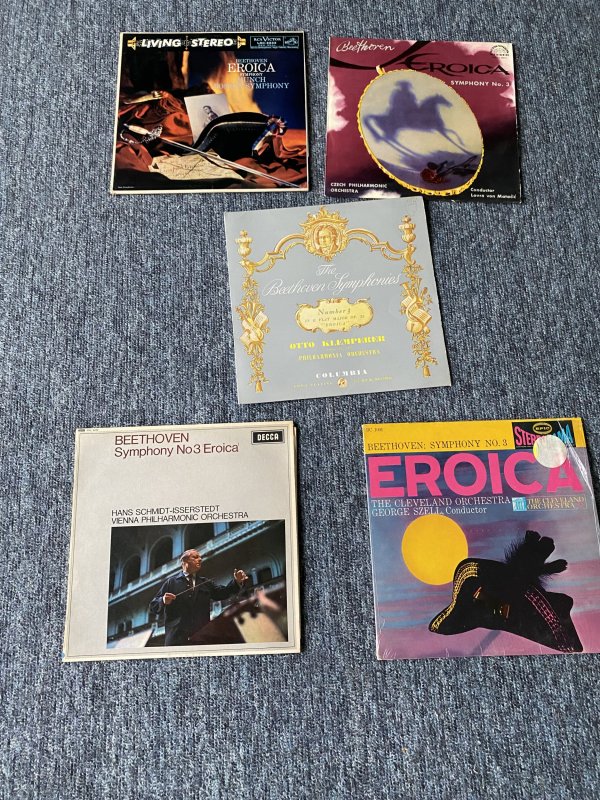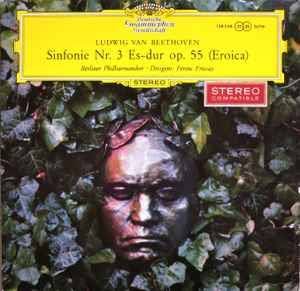Uh guys I'm trying to figure out what the hullaballoo is about. Remember that Stereo was meant to have three front channels. For reasons associated mainly with cost, this was cut to two. Lots of things happened in between here but basically here's what it turns out, happened.
Knowing that doubling a sound source adds 3dB, remember we are using a logarithmic scale here so doubling does NOT double the perceived loudness, that 3dB however would be equivalent to adding a THIRD speaker should the two original pieces be able to recreate a faithful "fantom" channel in the middle. In the original 3 channel system the phantoms would be between the L and C and C and R.
In any case, one of the basic methods of speaker placement is to play a mono recording and adjust speaker positioning so all the sound appears to sound stacked smack down the middle. Go back to stereo and the chances of getting a soundstage populated as it was intended by the production team are very high. Now, If this can be done in an area instead of a plane then you get a sweet zone and not just a sweet spot. This is the summing area.
Now walking inside this zone requires a zone that is large enough for us to actually roam in. Sadly we are talking very wide distribution at a consistently wide bandwidth for the summing zone. Not to mention that the summing area must not only be wide and deep, it must be taller than the walker too.
It is a psychoacoustic effect of course. Pay attention to any one driver and that illusion can be instantly broken. However there is basic science behind triggering that effect predictably and consistently and has been achieved for decades.
To me being able to walk around a soundstage is a luxury because of what physical space and what demands are for a speaker to perform in that space. It's more FR limited form however, manifested as a soundstage where everything are in their own spaces is a FUNDAMENTAL goal of the stereo format. The walk in is only an extension of that that is just more rarely experienced in the home setting. It really isn't rare in top commercial applications. Well that and the system having enough headroom because we all know that system strain will bring a soundstage crashing down, walk in or not.
I've had the walk in thing going for a long time now. Ron experienced it on my old system and wrote about it on Mono and Stereo. It really isn't a party trick although I admit getting to make the stage flip from off the rear room diffusors while standing between the speakers is a pretty cool one . To me it is just another result of getting things set up just right. Given I have speakers with Super Cardiod characteristics above 100k and almost omnipolar response below that meant obviously that work on the channel symmetry both electronics wise and room acoustics wise were a big challenge that needed to be substantially addressed. Can this be done only by tall box speakers? No. One just needs to know his speakers dispersion, determine his sum zone. Get it right and walk in it. It is only EASIER to do this with tall FR speakers especially with a WMtMW configuration or you have money for MBL Xtremes LOL With Horns it is harder not because it is technically to do. It is only harder to do because you'll need a bigger room because whose sum zone will be more into the room. The space savings of being able to set up closer to the front wall is negated by the throw of the horns and their large depth to begin width. Regardless, Horns do it, Planars can do it. The best ones anyway.
Do I see it as a requisite, NO.
Is it cool. F&^K yeah. LOL








